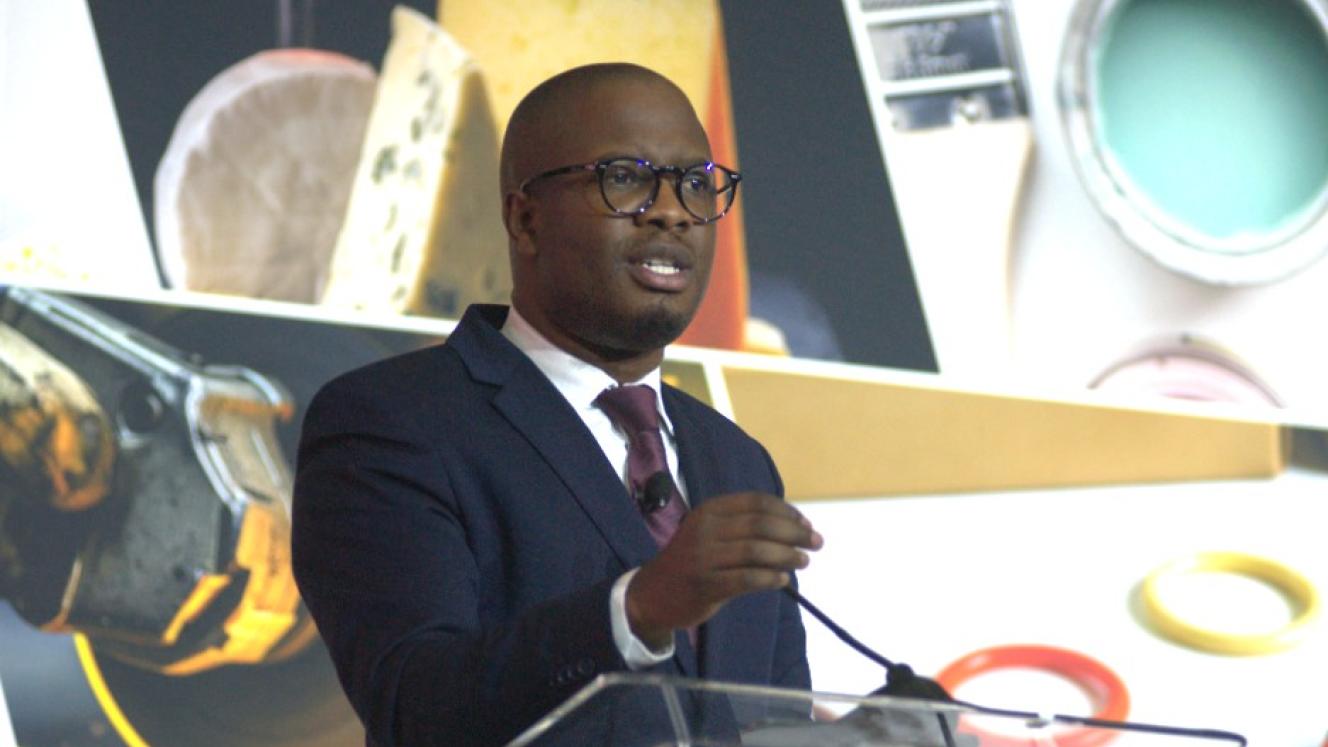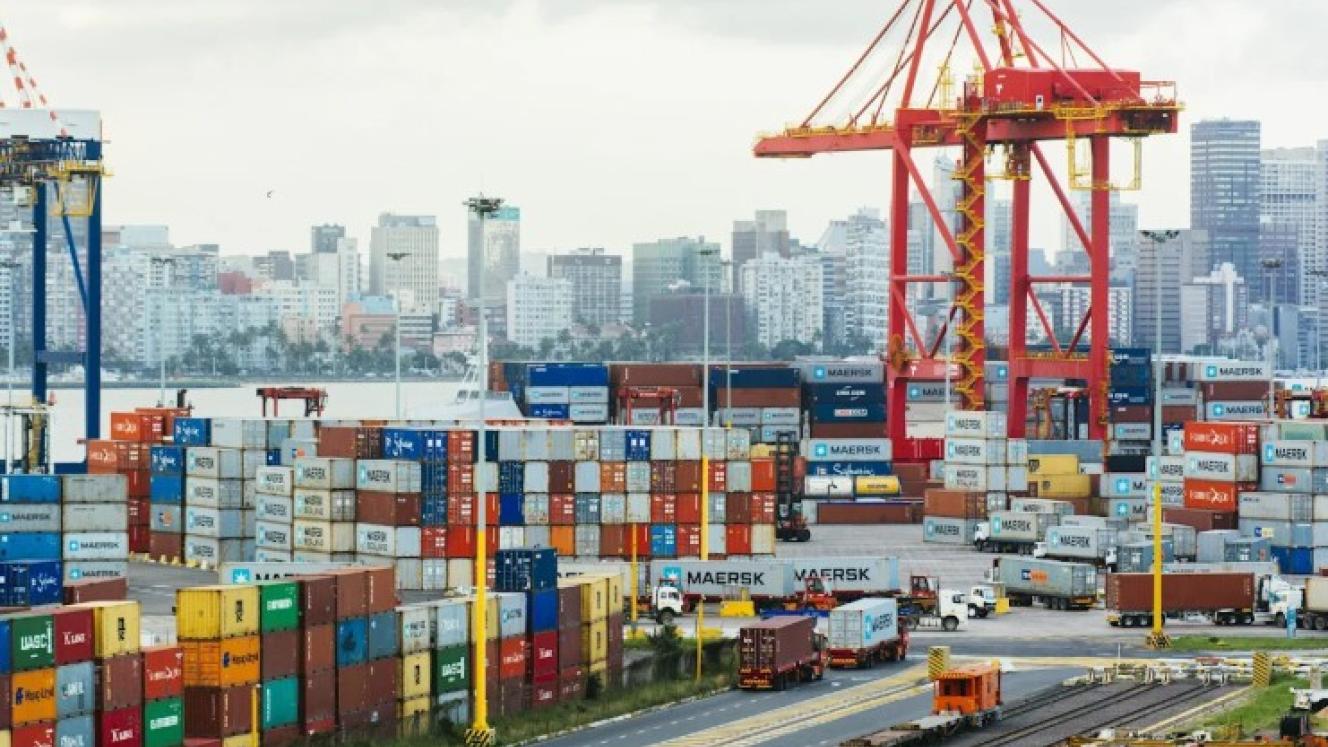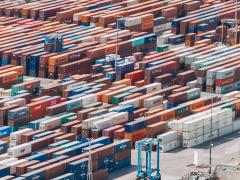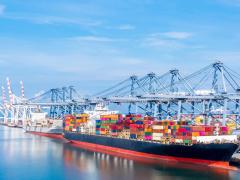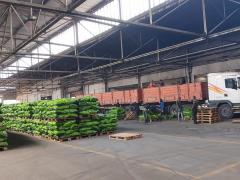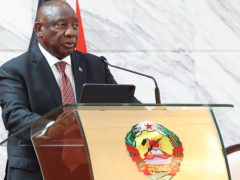Medical device manufacturers in South Africa are losing out on profiting from Africa’s fast-growing healthcare sector because of unaligned standards’ verification systems, logistical costs, and tariff and tax breaks that are out of sync with the spirit of intra-regional trade.
As trade regulations across the continent are eased and drone logistics enable faster delivery to people in remote and address-less areas, Africa’s healthcare sector is projected to reach well over US$50 billion by 2030.
A large part of this is the medical devices market, expected to increase from approximately $4.73 billion in 2025 to over $10 billion by 2035, representing a compound annual growth rate (CAGR) of about 7-8%.
In South Africa the CAGR is expected to reach 12.1% by 2030, representing anticipated revenues of some $171 million.
And yet, because of a complex regulatory ecosystem, Africa’s leader in the field of healthcare innovation is missing out on significant opportunities, says Anton Coetzee of Medical Device Manufacturers of South Africa.
During last week’s Export Symposium in Midrand, the managing director of disposable spirometry supplier, Respitek, used the opportunity to express his frustration over “untold problems” when it came to exports, mostly because of the perceived lack of trade facilitation by government.
Directly addressing the deputy minister for the Department of Trade, Industry and Competition (DTIC), Zuko Godlimpi, he said current unaligned trade hurdles didn’t bode well for the much-vaunted African Continental Free Trade Area (AfFCTA).
A pressing concern, Coetzee said, was the various verification regimes used by the bloc’s 54 member states, such as Intertek, SGS and Bureau Veritas, which provide a layer of quality control and complexity over existing domestic verification systems.
“It makes no sense that Africa cannot overcome this problem,” Coetzee said, adding that the issue of unaligned standards regimes across the continent was a trade impediment caused by ministerial disconnects.
He appealed that South Africa’s Department of Health and the DTIC should take the lead to ensure trade consolidation across the continent.
Coetzee added that, in addition to verification issues, local exporters weren’t benefiting from intra-regional tax breaks unless they operated from special economic zones, in essence running counter to the free-trade principles guaranteed by the AfCFTÂ.
Add in avoidable tariffs and Africa’s notoriously high logistical costs, and medical device manufacturers are simply not seeing the initial value that’s supposed to come out of intra-regional free trade benefits.
“We have a niche sector here in South Africa with so much possibility and potential but it’s not being harvested,” Coetzee said.
“From an academic perspective there is loads of innovation but we’re not seeing commercialisation.”
Faced by Coetzee’s barrage of questions, Godlimpi, who had just sung AfCFTA’s praises, said Africa’s intra-regional trading partners “still have legacy problems”.
He said at the US-African Business Summit in Angola in June, that the continent’s healthcare sector challenges formed part of ongoing discussions.
“It’s a big problem. Part of what the AfCFTA intends to do is to build standards that can apply across the continent, but of course, it’s going to be a slow process because it’s not a trade minister’s problem.”
Various departments of health and related ministries across the continent all had to come together, said Godlimpi.
Regarding tax breaks and tariff matters, he said the DTIC is aware that AfCFTA’s member states continued to battle with what he referred to as “compliance overloading”.
